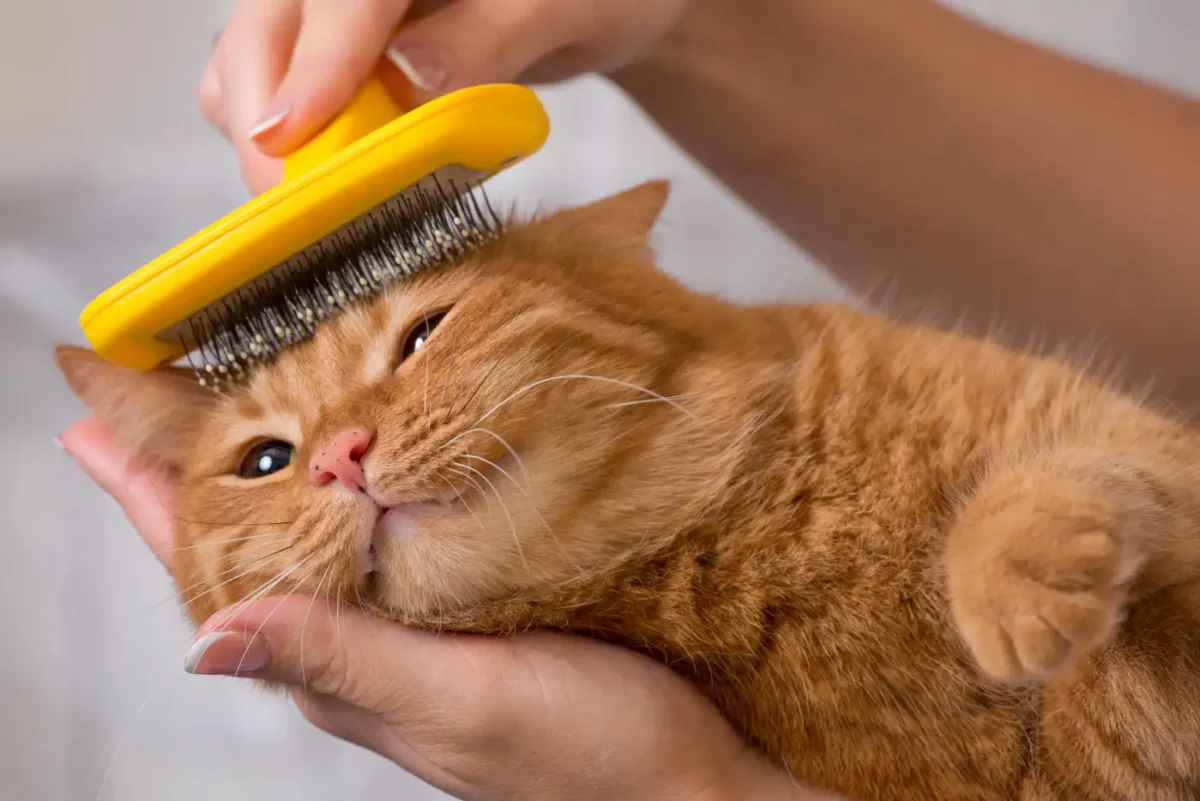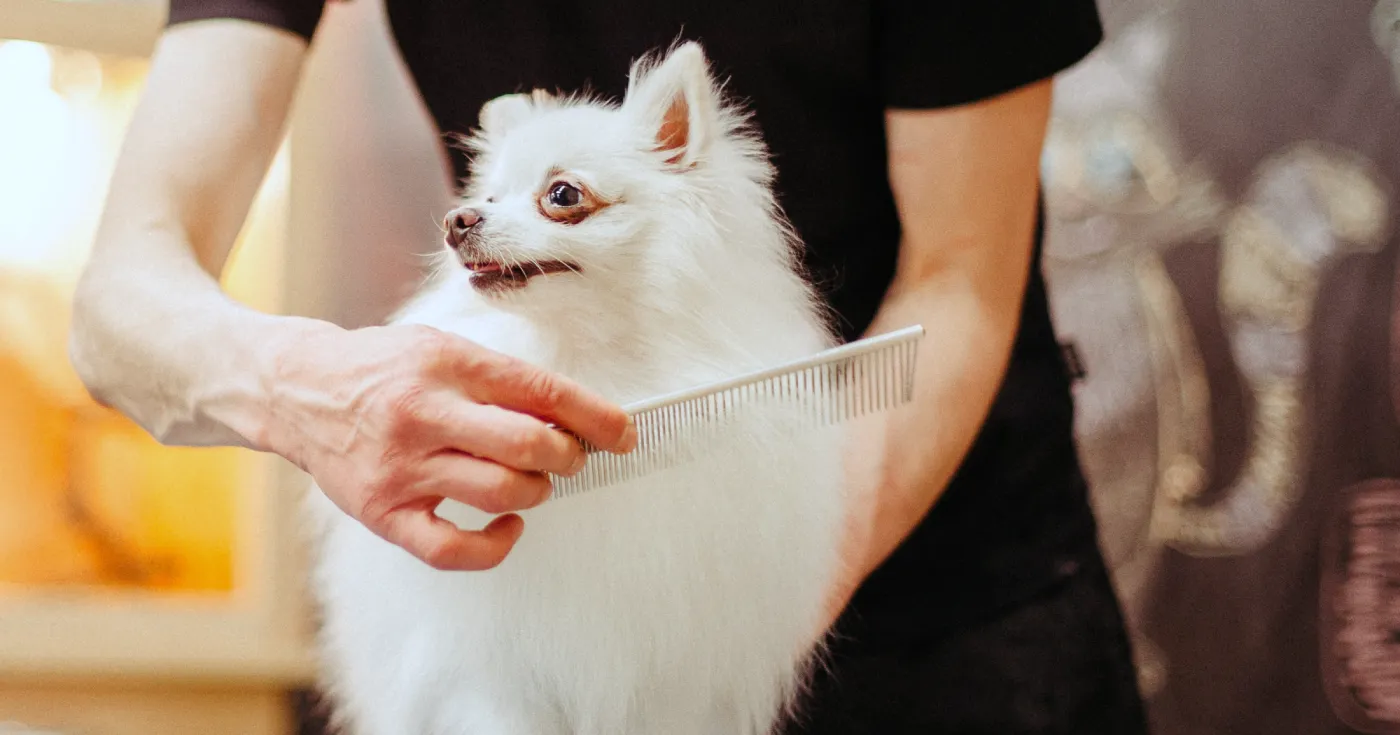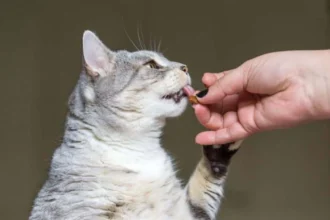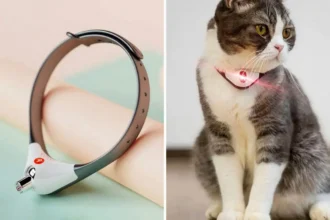For those seeking proficient strategies to effectively manage challenging and aggressive felines, this workshop, focusing on “cat groomers for difficult cats”, offers an indispensable wealth of knowledge. It sheds light on the safest methods to handle such cats and imparts vital skills for nurturing comprehension and collaboration.
Essential Tools for Cat Groomers for Difficult Cats
As cat groomers for difficult cats, we need to ensure that we have the necessary equipment to make the grooming process as seamless and enjoyable as possible. The type of grooming tool required might vary depending on your cat’s fur type and their personal preference.
An ideal comb could work wonders for long-haired cats, while a soft brush usually suffices for short-haired ones. You can easily find these tools at your nearby pet shop or supermarket. A grooming mitt, that feels just like a regular petting hand, may also serve better for short-haired cats.
Guidelines on How Often to Groom Difficult Cats

The frequency of grooming your cat hinges on their fur length and individual characteristics. For instance, a short-haired cat may only require a weekly grooming session, while a long-haired outdoor cat might need daily attention.
Regardless of your cat’s fur size, you may need to groom them twice a week during the spring and autumn seasons due to increased shedding.
Trimming the Claws of Difficult Cats
Providing enough scratching posts assures that your cat keeps their claws in excellent condition. However, as your cat ages, it may become less active and scratch less. During these times, you as a cat groomers for difficult cats may need to trim their claws to maintain the right length. Using clippers designed explicitly for cat claws can make this task easier. If this task seems daunting, a vet nurse’s professional help is always handy.
The Art of Trimming a Cat’s Claws: Bathing Guidelines for Difficult Cats
Most cats self-groom and rarely need a bath, so for cat groomers for difficult cats, this can be quite the task. Cats’ notorious aversion to water is no wives’ tale. However, some situations, such as their fur getting exposed to potentially toxic substances, necessitate a bath. Seek advice from your vet in such cases, as it could potentially distress cats unfamiliar with water.
Remember, if a bath is unavoidable, using just clean water or a cat-friendly product should suffice, ensuring safety and comfort for your cat.
Tips on Managing Cat Groomers for Difficult Cats
Grooming can be an exceptional bonding opportunity between you and your cat, mirroring the social behaviors of cats grooming each other. However, dealing with aggressive cats can present a unique challenge for even seasoned cat groomers for difficult cats. Some cats may despise human grooming, while others may become aggressive partway through the process. This can morph into a substantial issue if regular grooming is crucial for a cat’s health. Care and caution are hallmarks of grooming an aggressive cat because injuries due to scratching or biting can turn serious.
Observing your cat closely for subtle shifts in its body language becomes crucial while grooming. Cats exhibit different degrees of tolerance towards grooming, and a seemingly pleasant grooming session can swiftly transform into a scenario of biting and scratching.
Should your cat enjoy grooming but adopt an aggressive stance during the session, observe the areas where your cat dislikes being groomed. Regularly, cats dislike having their belly or back and tail area touched. Keeping away from these zones can be prudent. A cat reacting aggressively when touched at certain spots could signal serious pain, warranting a vet’s examination. If your cat has matted fur, professional animal grooming might be called for, as brushing could injure the skin.
Developing a Positive Grooming Routine for Difficult Cats: A Comprehensive Guide
To improve a positive routine for dealing with cat groomers for difficult cats, you should follow the:
- Collaborate with a professional and gradually compose a plan to acclimate the cat to grooming.
- If aggression is witnessed during brushing, assess the cat’s reaction to the sight of the brush. If there’s no aggressive or fearful response, introduce the brush during short intervals, paired with a favorite treat.
- If the cat tolerates brief grooming sessions, groom as long as it shows contentment and ends positively.
- Keep an eye out for overstimulated behavior and imminent aggression. Typical signs include tail swishing, back skin twitching, flattened ears, freezing or staring, dilated pupils, low growl, or withdrawing and lying down. Pay heed to any environmental shift like loud noises or the entry of other people or animals.
- Cease grooming on the onset of any early warning signals. Keep your hands calmly to your sides. If extreme agitation is noted, step away. Let your cat slide off gently if it’s on your lap.
- Pause before initiating grooming again. The cooling-off duration can vary from a few minutes to several hours depending on the cat. Ensure all irritation signals have ceased.
- Groom your cat only in areas they enjoy. Many cats relish rubbing their faces or bodies against a brush but may detest extensive body strokes.
- Never resort to punishment. This could exacerbate the aggression and fear in your cat.
Making Your Cat Gleeful with Cleanliness: A Guide for Cat Groomers for Difficult Cats
Ensuring your cat remains clean significantly contributes to their happiness, and that’s what we’re here for! From trimming their nails to bathing them, a minor maintenance routine can provide major benefits. Learn how to maintain the health and hygiene of your kitty’s eyes, ears, teeth, skin, and fur. Please remember that some cats may strongly resist being groomed. If the attempt at grooming results in a potential risk of harm to either the cat or you, it’s advisable to schedule an appointment with professional cat groomers for difficult cats or a veterinarian.
Maintaining Skin and Fur Health
Here we have some tips to follow:
Bathing Tips for Difficult Cats
While your cat is naturally equipped with her own grooming tools (her tongue and teeth) for conducting self-grooming, there could be situations where she may need assistance. This can happen if she gets extremely dirty or comes into contact with sticky or smelly substances. Adhering to the following steps can help ensure a stress-free and efficient bathing process.
Brushing Tips for Difficult Cats
Brushing your cat not only assists in the removal of dirt, grease, and dead hair from her coat, but it also aids in eliminating skin flakes and stimulating blood circulation, thereby enhancing her skin’s overall health. Conducting one or two brushings weekly can help your cat retain her glowing health—these regular sessions become exponentially beneficial as your cat ages and can no longer groom as meticulously on her own.
Identifying Skin Problems
The health status of your cat’s skin can serve as an indicator of her overall well-being. An issue with the skin can provoke your cat into excessive scratching, chewing, and/or licking. Several factors ranging from external parasites and allergies to seasonal changes and stress, or a combination thereof, could be impacting your cat’s skin health and should be thoroughly examined. Cat owners frequently seek veterinary care due to skin-related issues.
Managing Shedding
Hair shedding is part of a cat’s natural process to eliminate dead hair. Indoor cats may shed year-round. Regular grooming practices and vacuuming hair from your home should alleviate the challenges associated with shedding. However, if you observe bald patches in your cat’s fur or a considerable loss of hair, it may indicate a health problem warranting a veterinarian’s intervention.
Conclusion to Cat Groomers for Difficult Cats
Cat groomers for difficult cats can indeed be a daunting task. But with patience, understanding, and the right approach, it’s not insurmountable. Each cat comes with its unique quirks and behaviors (part of why we love them so much, right?), and tuning into these can make grooming a much more palatable experience for both you and your feline friend.
Read more: Carrageenan free cat food












